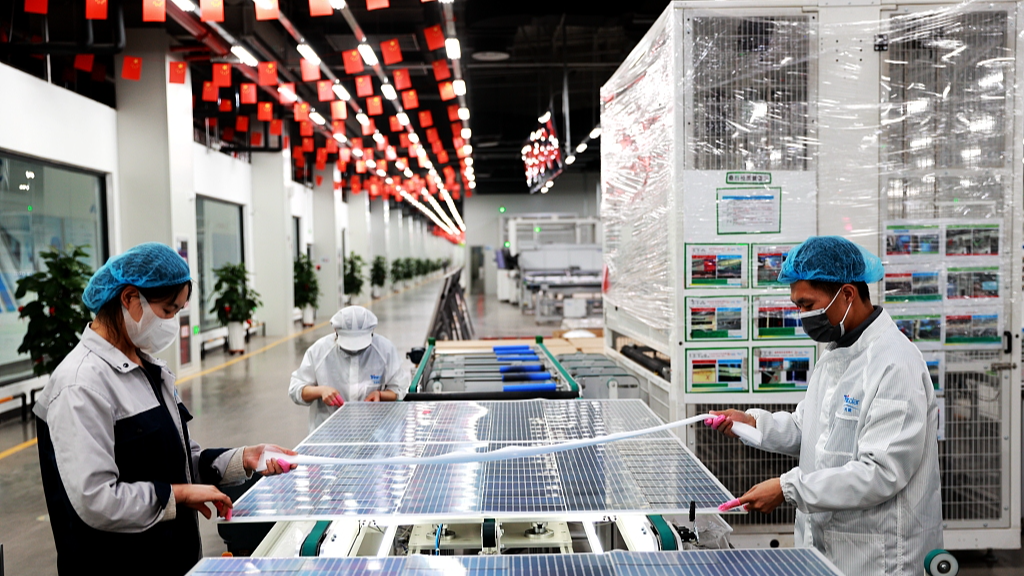BEIJING: With the festive spirit of the Lantern Festival fading, China is transitioning into a new season of economic development, marked by a renewed focus on high-quality engineering advancements. This emphasis comes as the nation resumes its workweek on Monday, signaling a collective shift towards achieving long-term prosperity through innovative and sustainable engineering solutions.
The Lantern Festival (which fell on February 24 this year), also known as the Yuanxiao Festival, marks the end of the Spring Festival (which fell on February 10 this year) celebrations on the 15th day of the first lunar month. According to CCTV.com, the number of employed workers in China’s over 2,000 key industrial parks will increase 5.8 percent during the Spring Festival travel rush (January 26 to March 5) comparing with the same period in 2023.
Industries such as food and furniture manufacturing will witness the biggest increase in employment of 6.6 percent, with equipment manufacturing industries such as automobile and electrical machinery expecting an increase of over 6 percent.
Furthermore, some local authorities indicate that the post-holiday resumption of work is proceeding smoothly. According to the Hunan Department of Industry and Information technology, as of February 21, more than 17,900 enterprises in the province had resumed work, with a resume work rate of 87.8 percent.
The figure saw a five-percentage-point increase from the previous day, involving manufacturing enterprises including food, light industry, textile, construction machinery, automobile and more.The commitment to high-quality development is manifesting in various initiatives and projects across the nation, aiming to propel China towards a more robust, sustainable, and technologically advanced future. The country recognizes the crucial role of engineering in achieving its high-quality development goals.
Mega engineering projects such as the Nanning-Shenzhen high-speed railway, south China’s Guangxi’s first self-invested 350 km/h high-speed railway, exemplifies China’s commitment to upgrading its transportation networks and fostering regional connectivity.
The 665-kilometer high-speed railway links two major cities in south China, Shenzhen City in Guangdong Province and Nanning City in Guangxi Zhuang Autonomous Region. The main construction project of the Naning-Yulin section, connecting Nanning City and Yulin City in Guangxi, of the high-speed railway has entered the sprint stage, as it will be put into operation within this year.
Professor Xie Kaizhong from the School of Civil Engineering and Architecture, Guangxi University, told CGTN that during the construction of the Naning-Yulin Railway bridge, the team faced basic karst geological problems such as high temperatures and humidity, and typhoons and rainstorms, each bringing more challenges to the construction. –The Daily Mail-China Daily news exchange item






